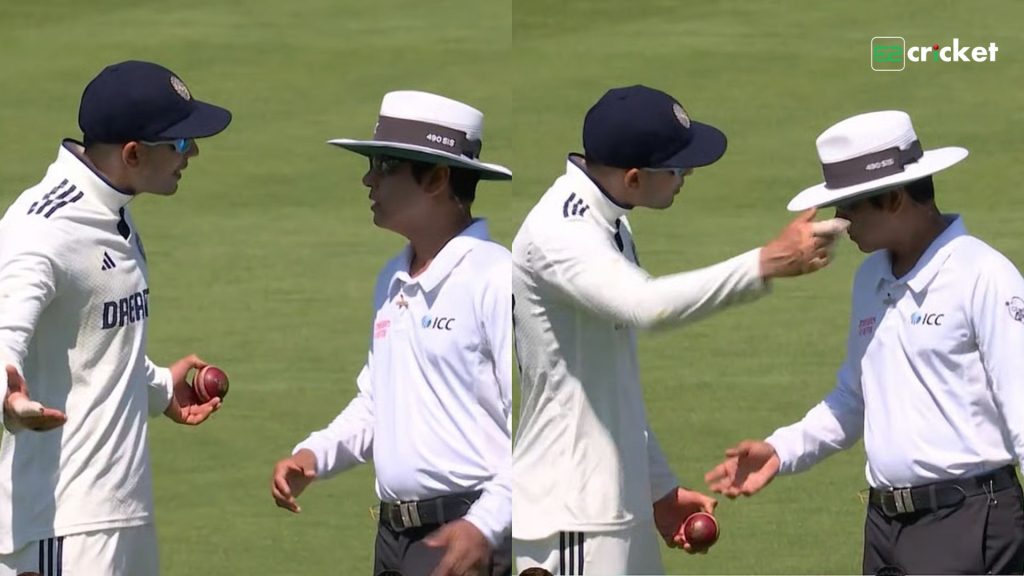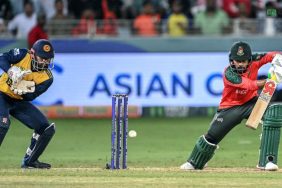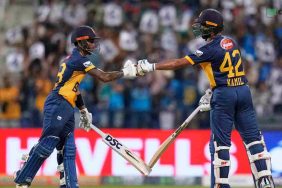The Duke ball has been the subject of much discussion throughout the ongoing series between India and England. Indian cricketers have been seen repeatedly demanding a change in the ball after a few overs, alleging that the ball had changed shape. The visitors have now accused the umpire of bias. The fifth and final Test of the five-match series begins at The Oval today (Thursday).
Indian media outlet Indian Express reported that after 10 overs in England’s first innings at Lord’s (third Test), the ball’s shape reached such a state that it looked like it was 30-35 overs old. As a result, they demanded to change it, but the umpires said that they did not have any balls used in 10 overs in their stock. The Indians believe that instead of the hard ball, they were given a soft and old ball. Which gave them a lot of swing and seam movement in the first 10 overs. Later, it became a disadvantage and England won by 22 runs and took a 2-1 lead in the series.
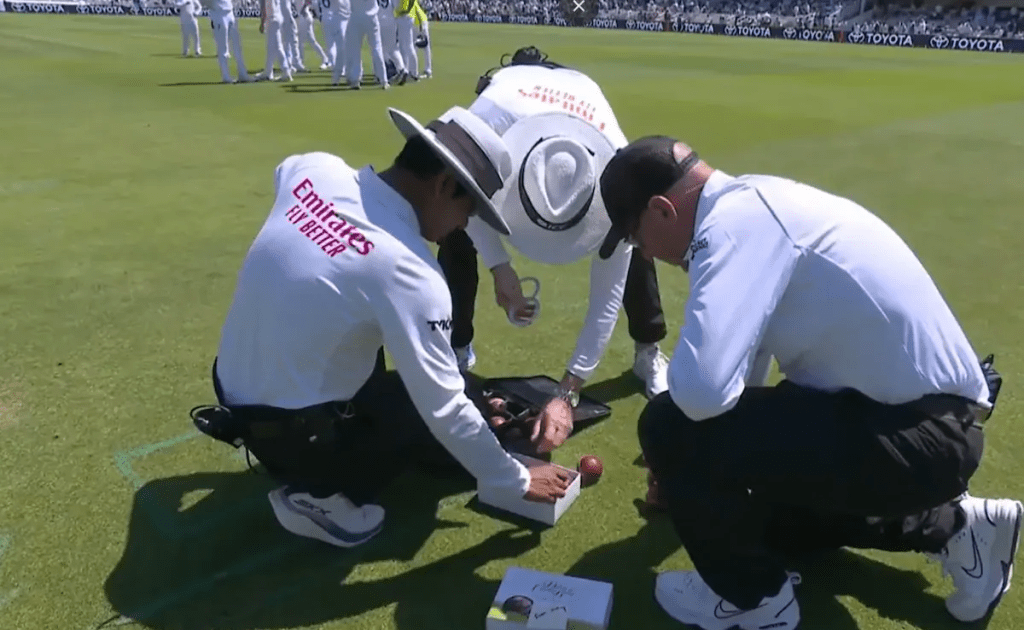
In that report, an Indian team official said, ‘The shape of the Duke ball changed after the end of 10 overs at Lord’s. Which has been seen repeatedly in this series. The ball was failing to pass through the ring near the umpire. But the umpire did not have an old ball that had been played for 10 overs. As a result, India was given an old ball of 30-35 overs at a crucial moment.’
He also said, “Look at the scoreboard at that time, the game has changed. The bowlers were not getting their swing and England were scoring runs very easily. When you request a ball change, you will definitely not be told how old the changed ball is. Even at Lord’s, we were not told that we were given an old ball of 30-35 overs. If we had been told, we would have continued the game with the ball used for 10 overs. The ICC should intervene here, this rule should be changed.”
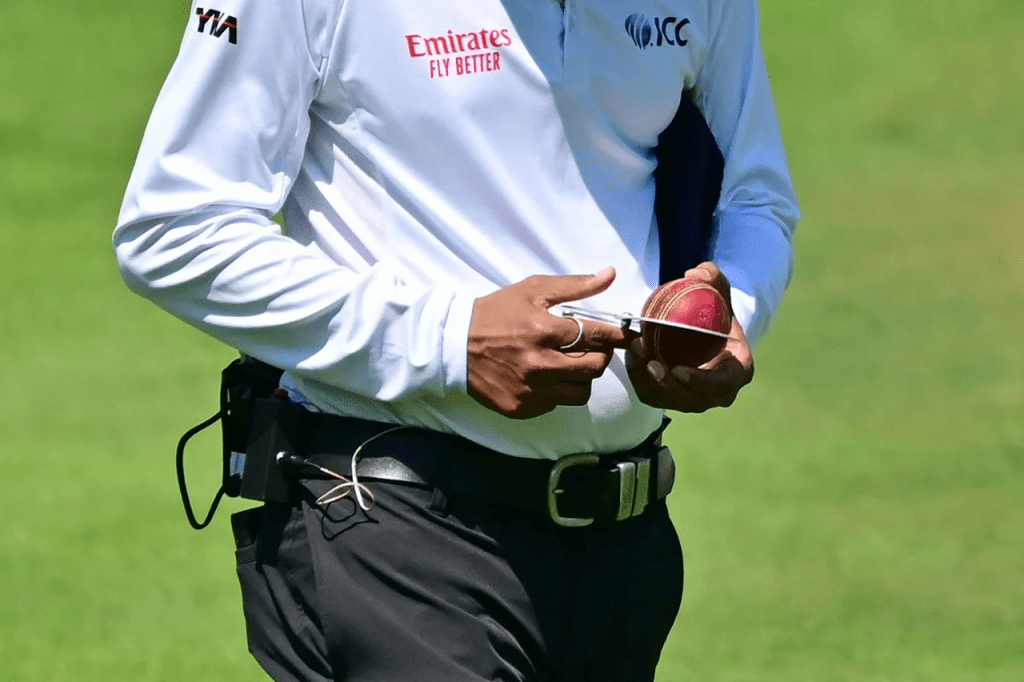
Before the ball change, Indian pacer Jasprit Bumrah took three wickets in just 14 balls. Then the momentum went to the English. Shortly after getting the old ball, Shubman Gill again asked for the ball that had been bowled in the previous 10 overs. It is said that the umpires reminded them of the ball change rules.
ESPN Cricinfo showed the difference in the swing level after the ball change. According to their information, the new ball was swinging 1.869 degrees and the SIM was on average 0.579 degrees. After taking the next ball, the Indian bowlers got 0.855 swing and 0.594 degrees SIM movement. Incidentally, the on-field umpires in the Lord’s Test were Bangladesh’s first elite umpire Sharfuddaula Ibn Shahid Saikat and Australia’s Paul Reiffel.
FAQ
What is the controversy involving the ball change in the 3rd Test at Lord’s?
India alleged that the ball used during England’s first innings changed shape after 10 overs, but the umpires replaced it with an older ball, believed to be 30-35 overs old, which India claims affected their performance.
Why is India accusing the umpires of bias?
Indian players and officials believe the replacement ball favored England and that the umpires failed to provide a fair substitute. They feel this decision shifted momentum and cost them the match.
Who were the umpires during the controversial ball change?
The on-field umpires were Sharfuddaula Ibn Shaheed Saikat from Bangladesh and Paul Reiffel from Australia.
How did the ball change impact the match?
After Jasprit Bumrah took three quick wickets with the original ball, the momentum shifted following the change. India claims the older, softer ball offered less swing, helping England recover and win the match.

